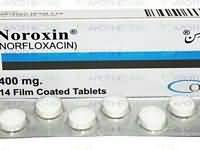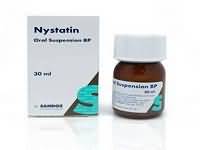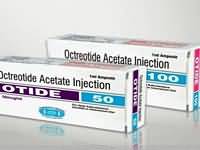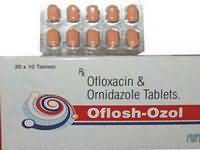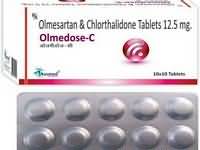nitrofurantoin

CLINICAL USE
Antibacterial agentDOSE IN NORMAL RENAL FUNCTION
Treatment: 50–100 mg every 6 hoursProphylaxis: 50–100 mg at nightPHARMACOKINETICS
DOSE IN RENAL IMPAIRMENT
GFR (mL/MIN)
DOSE IN PATIENTS UNDERGOING RENAL REPLACEMENT THERAPIES
IMPORTANT DRUG INTERACTIONS
Potentially hazardous interactions with other drugsADMINISTRATION
Reconstition
–Route
OralRate of Administration
–Comments
Urine may be coloured a dark yellow or brownMacrocrystalline form has slower dissolution and absorption rates, produces lower serum concentration and takes longer to achieve peak concentration in the urineOTHER INFORMATION
Avoid nitrofurantoin in patients with impaired renal function (GFR<20 mL/min) as the drug is ineffective due to inadequate urine concentration; toxic plasma concentrations can occur causing adverse effects, e.g. neuropathy, blood dyscrasiasNitrofurantoin gives false positive urinary glucose (if testing for reducing substances).
See how to identify renal failure stages according to GFR calculation
See how to diagnose irreversible renal disease
Home

